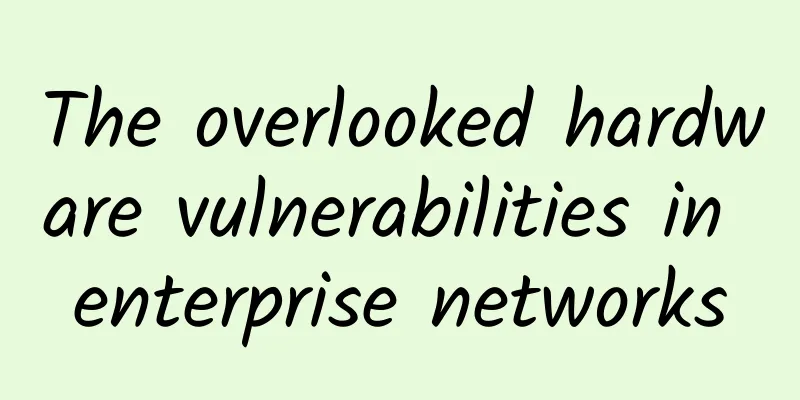Introducing a request library - How to use several Undici APIs

PrefaceIn the browser, if we want to make a request, we used to use xhr, but this low-level API is often called in a simple way. In order to improve development efficiency, jQuery's $.ajax may be the best choice. Fortunately, a more modern fetch api appeared later. However, considering the compatibility of fetch, and the fact that it does not support some global configurations and request interruption, in actual use, we may use the axios request library to make some requests. In Node.js, almost all requests are made through the request library. Unfortunately, request stopped maintenance two years ago, and it is not easy to find a replacement library in Node.js. In the request issues[1], there is a table that recommends some commonly used request libraries in Node.js: Axios, which is widely used in browsers, is not easy to use in Node.js, especially when uploading files, there will be many unexpected problems. Recently, when I was surfing the Internet, I found that Node.js officially has a request library: undici. The name is quite complicated. So, today's article will introduce undici. By the way, undici means 11 in Italian. It seems that Double 11 is coming soon, which is good for Moutai.
Get StartedWe can install undici directly through npm:
undici exposes an object to the outside world, which provides several APIs:
undici.fetchNote: This method requires node version >= v16.5.0 Before requesting the service through undici.fetch, you need to start a simple login service through koa.
The above code is very simple and only supports accepting a POST method to the /login route. Next, we use undici.fetch to initiate a POST request.
If the request method is changed to GET, 404 will be returned.
undici.requestThe calling method of undici.request is similar to undici.fetch, and the parameter passing format is also similar .
The only difference is that the returned result is a little different. The http response result returned by the request method is in the body attribute, and this attribute also supports methods such as .json()/.text() similar to fetch. Interrupt RequestInstall the abort-controller library, then instantiate the abort-controller and pass the interrupt signal into the request configuration.
We run the code and find that the request is successful because we did not actively call the interrupt method.
Now when you run the code, you will find that there is no log of successful request output. The catch logic is entered and the request is successfully interrupted. undici.steamThe undici.steam method can be used to download files or interface proxy. Download the file
Interface Proxy
SummarizeThis article only introduces the usage of several undici APIs. It seems that the ease of using undici is still relatively low. However, the compatibility is not very good. For example, fetch only supports [email protected] and above. For this kind of relatively new library, I personally recommend waiting for a while. Although request has been abandoned, we still use some time-tested libraries, such as urllib[7] used in the egg framework, and node-fetch[8], which is relatively easy to use and is used in the same way as the fetch API in the browser. References [1]issues: https://github.com/request/request/issues/3143 [2]node-fetch: https://www.npmjs.com/package/node-fetch [3]got: https://www.npmjs.com/package/got [4]axios: https://www.npmjs.com/package/axios [5]superagent: https://www.npmjs.com/package/superagent [6]urllib: https://www.npmjs.com/package/urllib [7]urllib: https://www.npmjs.com/package/urllib [8]node-fetch: https://www.npmjs.com/package/node-fetch |
<<: Our company’s “Double 11” flow control plan, come and copy our homework!
>>: China Mobile: 5G package customers reach 331 million
Recommend
[Black Friday] Sharktech High-Defense VPS 50% off, $47.7/year-2GB/40GB/4TB/Los Angeles and other data centers
Sharktech offers special discounts for VPS hosts ...
5G is a hot topic, but 4G module application data is still rising
According to the latest data released by the Mini...
"5G packages are a bit expensive": You said the same thing in the 3G and 4G eras
The following are the key points of the article: ...
China Telecom will commercialize 5G independent networking in more than 300 cities
On November 7, Li Zhengmao, general manager of Ch...
DesiVPS: $15/year-1GB/15G NVMe/1.5TB@10Gbps/San Jose data center
DesiVPS continues the Black Friday promotion in D...
Why do we need a websocket protocol when there is an HTTP protocol?
Usually when we open a web page, such as a shoppi...
How many hurdles does industrial digital transformation have to overcome? Wind River provides a cost-effective option that integrates the old and the new
[51CTO.com original article] "It's time ...
Three major operators: New York Stock Exchange maintains delisting decision
On the evening of May 7, the three major operator...
What can 5G messaging bring to industry customers?
5G messaging is planned and built based on the GS...
9 classic cases, online teaching how to troubleshoot network failures
Network failure is the most common and difficult ...
spinservers: 10Gbps bandwidth high-end server, monthly payment of $139, dual E5 2630Lv3/256GB/2×1.92T SSD/Dallas
spinservers has sent us new promotional machines,...
Saving 5G, starting with removing the pull-down 5G switch?
Recently, many users have found that the 5G signa...
wikihost: 50 yuan/month Korean VPS-1GB/50GB/500GB (no shutdown after reaching the speed limit)
Wikihost, also known as Micro-base, was founded i...
Crazy 5G connectors, the next wave
5G is developing at an amazing speed The Ministry...
What is edge computing and why is it important?
Edge computing is changing the way millions of de...









